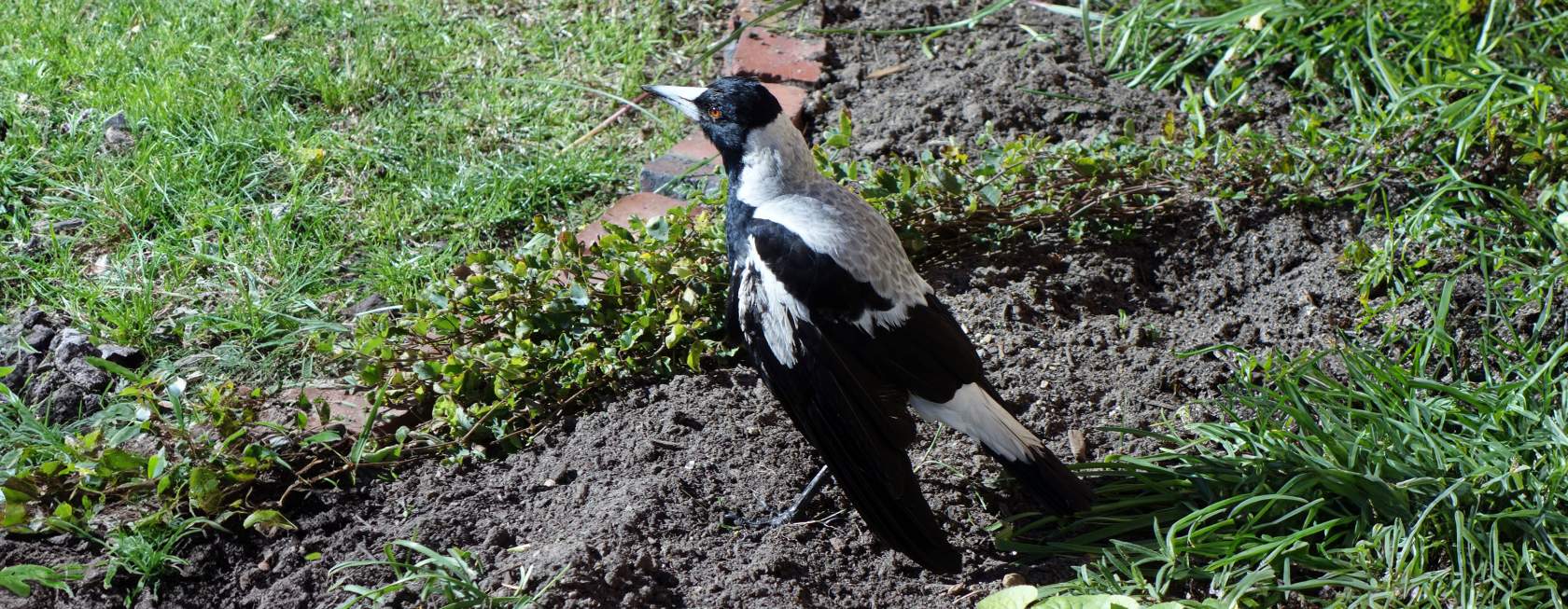
Magpies (Gymnorhina tibicen) are a native Australian species of songbird known for their iconic call. Their call varies in complex patterns and pitch and can be performed alone, as a duet, or in a group.
Appearance
The Australian magpie is an easily identifiable bird due to its solid black and white plumage. Females tend to sport some grey feathers around the nape, while males sport white feathers. Juveniles can be spotted by the dappled grey feathers on their backs and shoulders and fledglings are recognisable by their significantly fluffier white, grey and black feathers.
Distribution and Habitat
They are located throughout Australia, preferring areas with trees and large open spaces, such as parks or fields. They avoid arid deserts and dense forests with large canopies. Magpies are territorial and protective, living in groups of up to 24 birds.
Diet
Their diet consists mainly of insects and insect larvae, however, they are known to hunt frogs, lizards and may scavenge through rubbish. Magpies will eat handouts from humans; however we do not recommend feeding wildlife. Certain foods can stunt their development and/or result in irreparable issues. Find out more about feeding wildlife here.
Behaviour
Throughout the year, magpies are generally quite tame and avoid human interaction. However, during breeding season, magpies (mostly males) are known to swoop almost anything that comes within a 50m radius of their nest. It’s important to know that less than 12% of breeding male magpies will swoop, and only 5% of those will make contact. This behaviour only lasts until the end of the breeding season and can be avoided by walking slowly and quietly or staying clear of the nesting area. Magpies are not actively trying to hurt anyone, rather they are simply protecting their young from a perceived threat. Wildlife Victoria is unable to relocate healthy animals and it's important to note that magpies are a protected species in Victoria.
Breeding season
Like many other bird species, magpies breed in spring between August and November. They lay between three to five eggs per season in a platform nest using twigs and grass about 15m above the ground. After 20 days of incubation, the eggs hatch and eventually fledge after approximately 35 days.
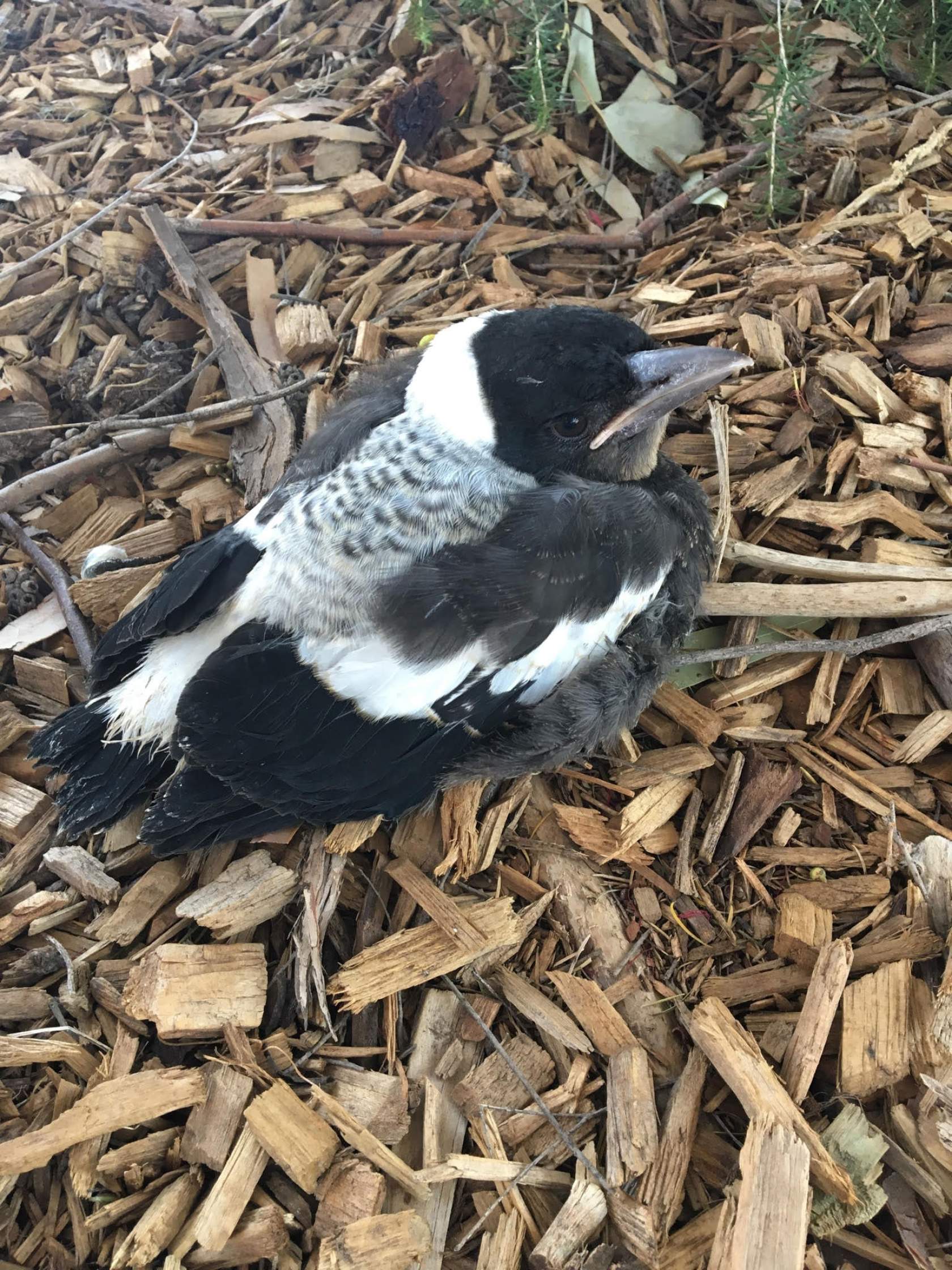
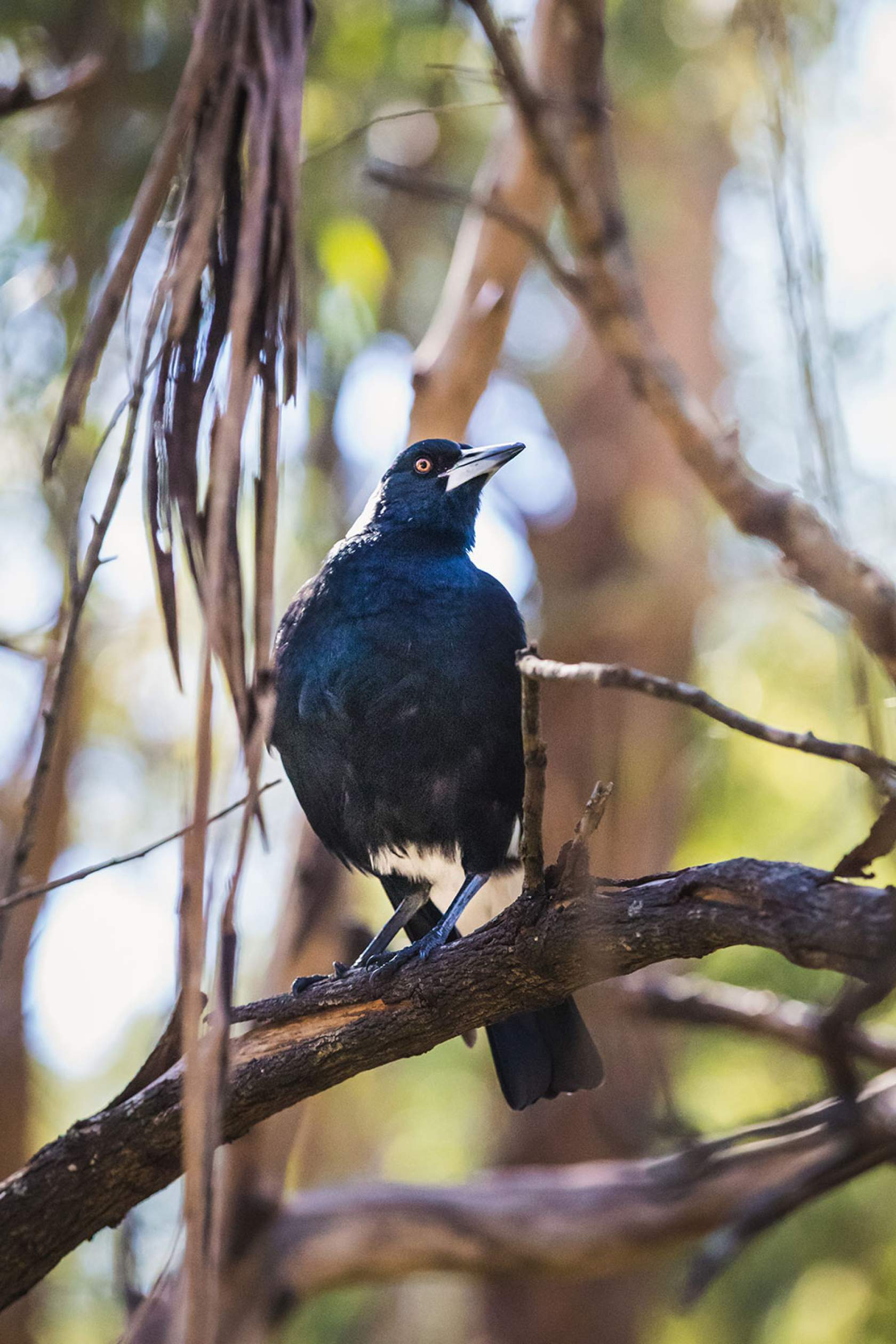
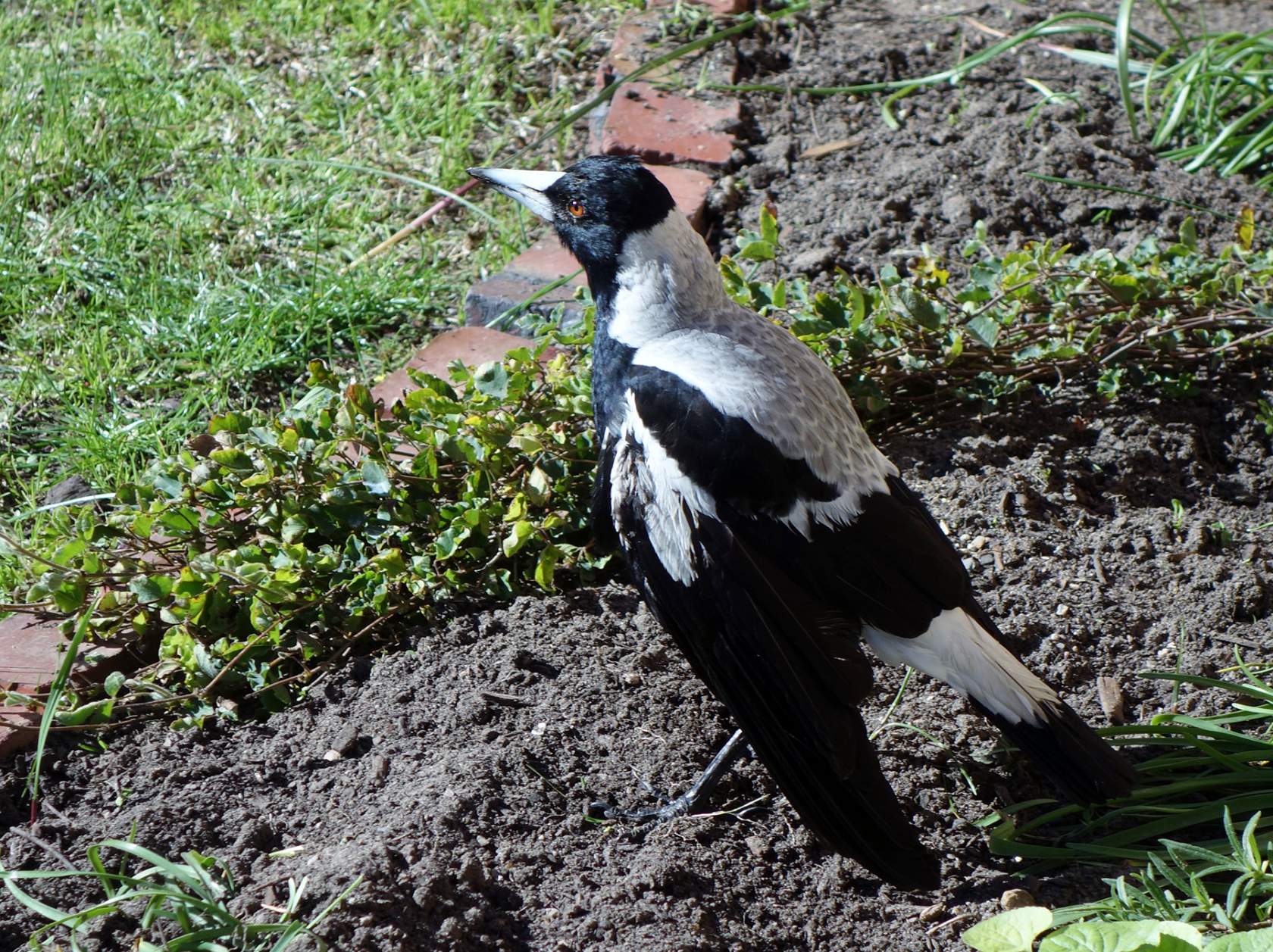
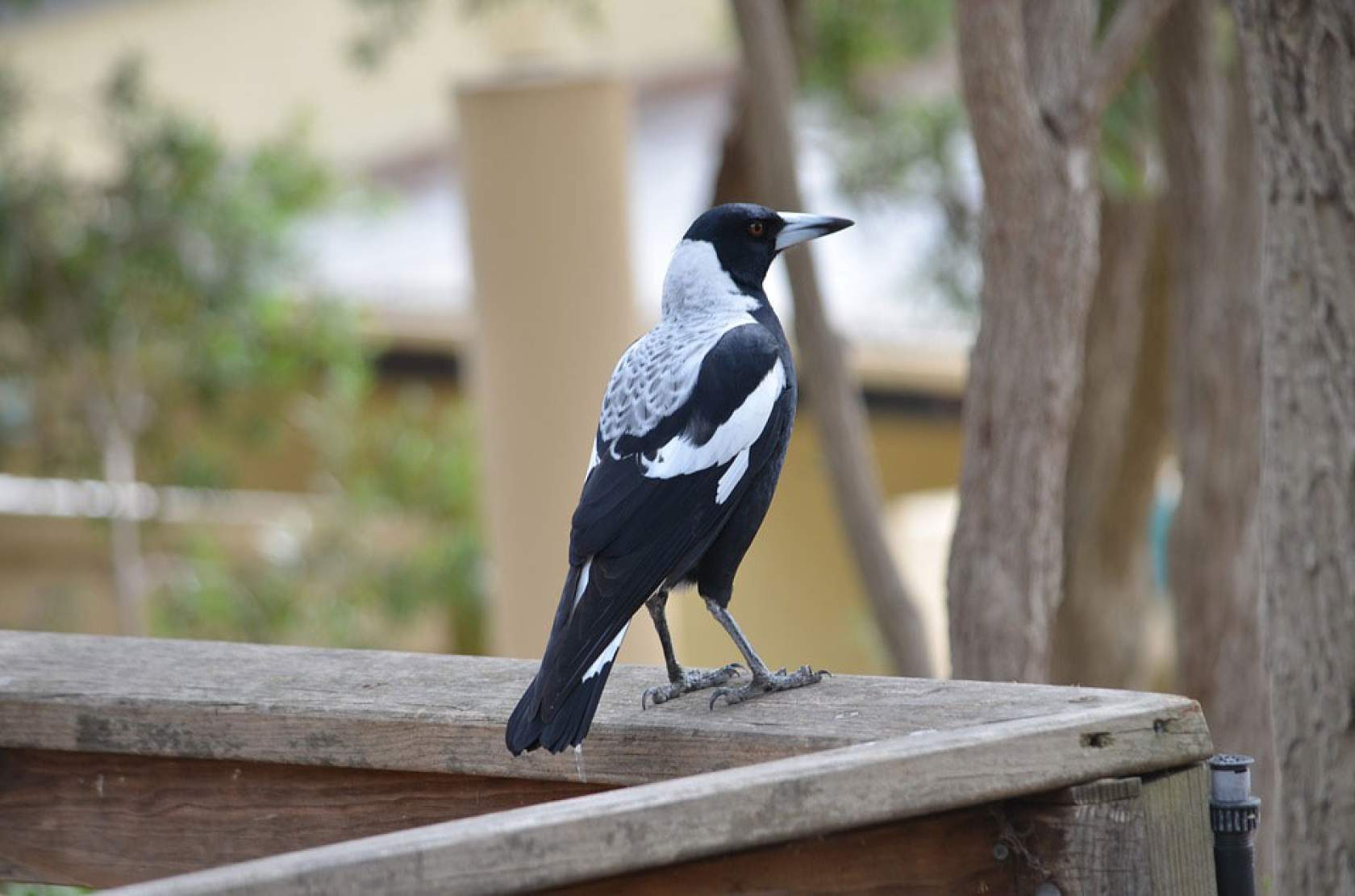
General fun facts
What can you do to help?
Other than swooping magpie calls, we often get reports about magpies that have become entangled in rubbish or netting, and those that appear injured.
If the bird can still fly, a rescue can be difficult, but we have volunteers with specific equipment and skills for these rescues. Similarly, the box trap method can be successful in containing a flighted bird. The best thing to do is call our 24/7 Emergency Response Service on (03) 8400 7300 for advice.
Whether a magpie has been hit by a car, attacked by another animal, or simply has a visible injury, it needs vet attention as soon as possible. Ideally, you can contain the bird yourself and take it to a vet clinic, however it’s not always this easy! Our Emergency Response Service is available 24/7 and can be contacted for any help.
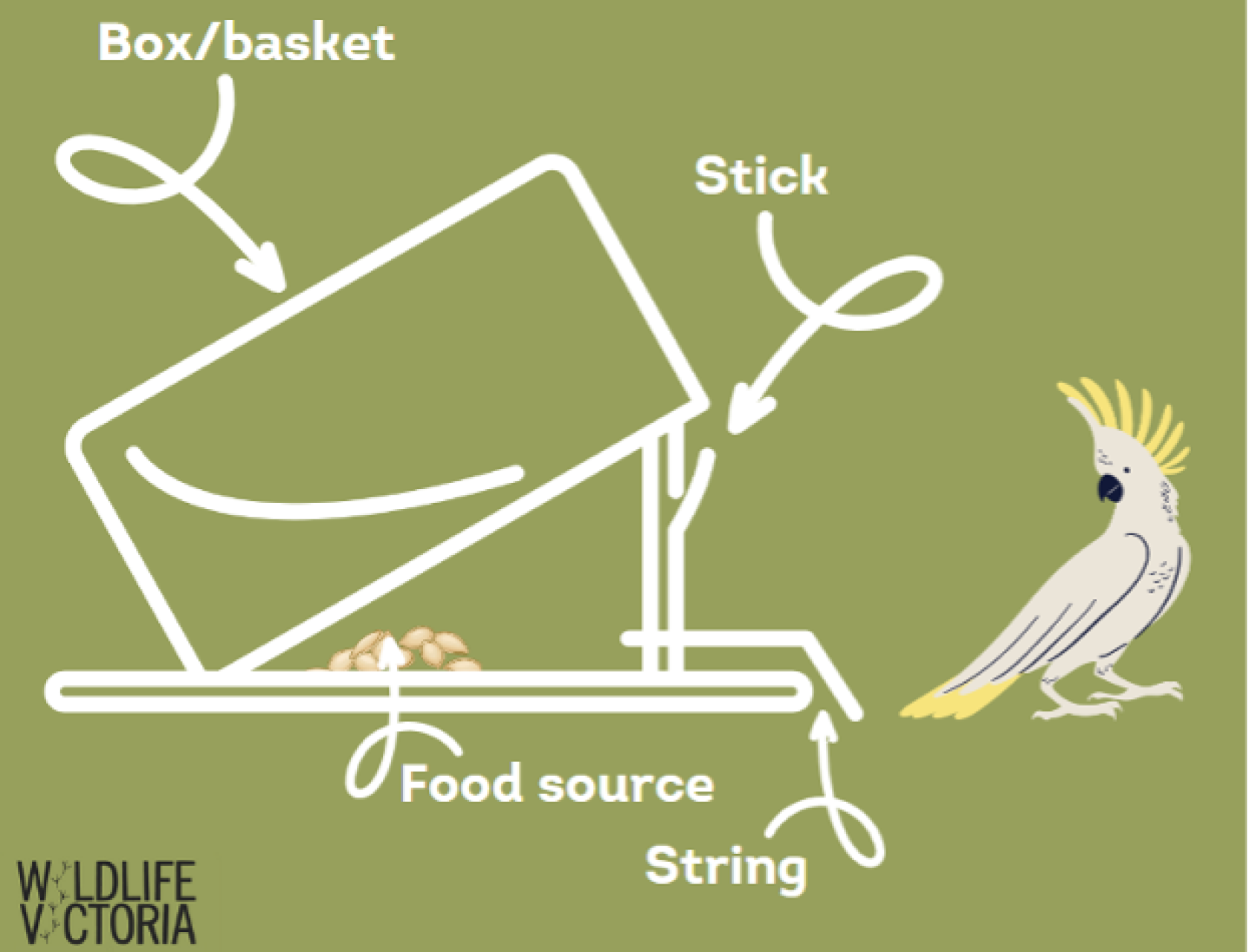
We hope that by increasing your understanding and awareness of our beautiful wildlife, you will feel empowered to manage wildlife situations confidently and in an informed, safe and appropriate manner. For support at any time, please call our 24/7 Emergency Response Service on (03) 8400 7300.
